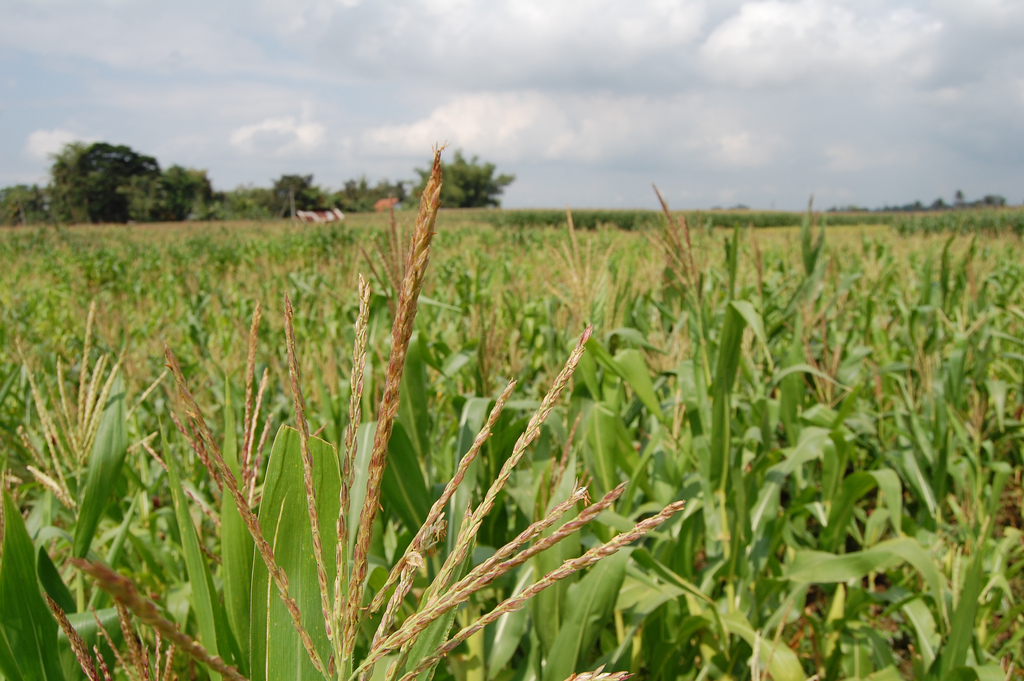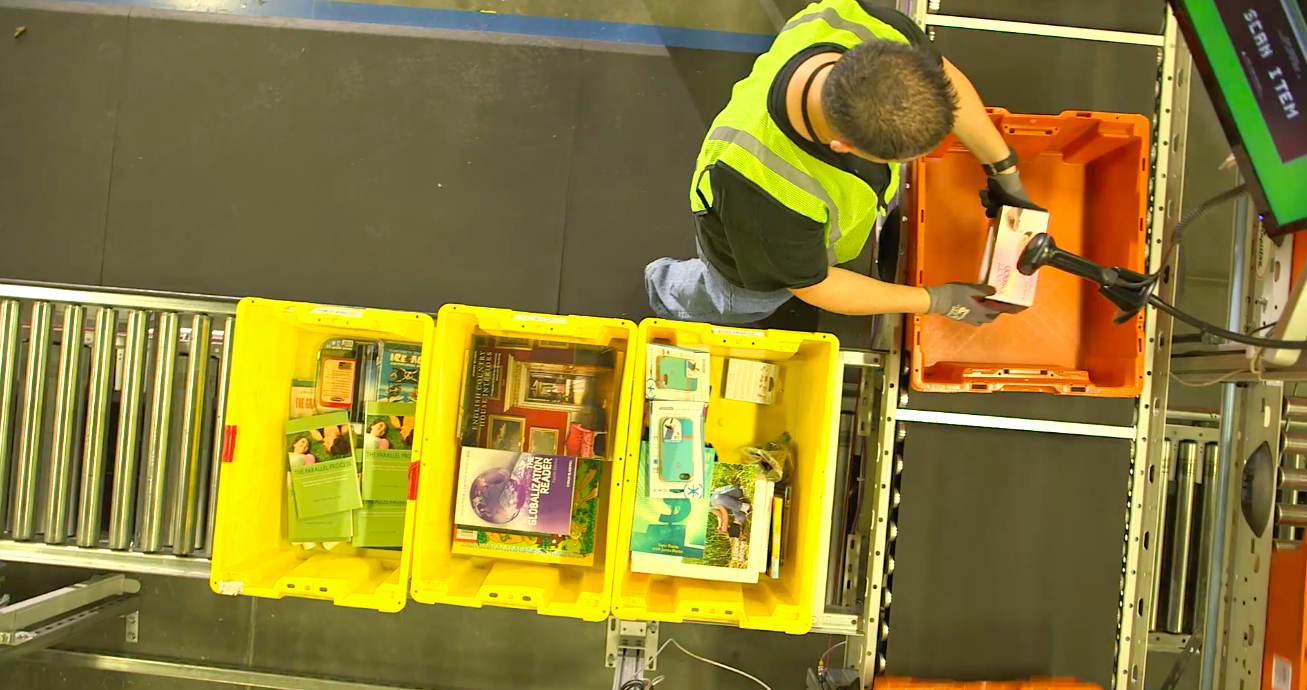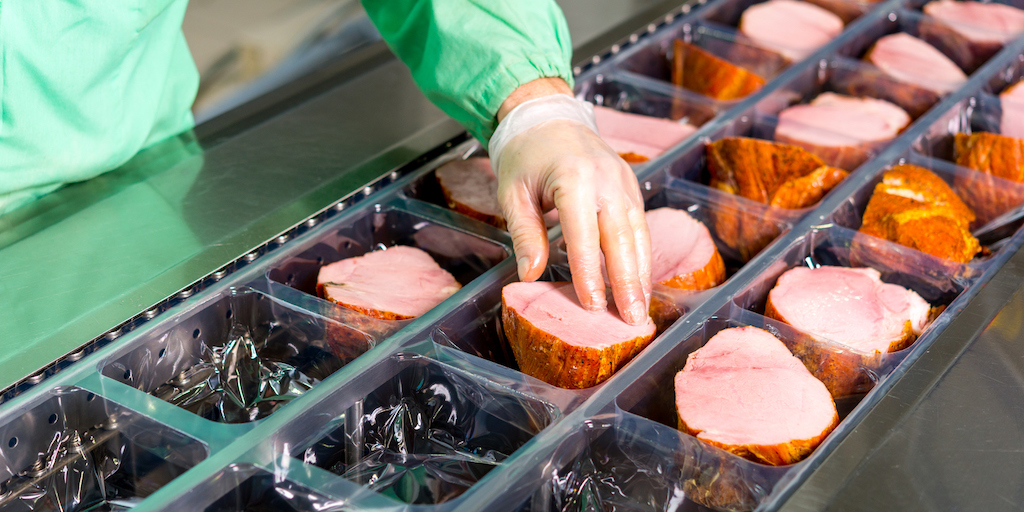This is the web version of a list we publish twice-weekly in our newsletter. It comprises the most noteworthy food stories of the moment, selected by our editors. Get it first here.
Midwest flooding. As of this writing, rural communities along the Missouri River remain underwater. Nebraska’s emergency agency estimates the recent flooding has destroyed $400 million worth of livestock, $440 million worth of grain, $439 million worth of infrastructure, and 200 miles of state roads. In Iowa, meanwhile, 43 counties are still disaster areas, and farmers are contending with “millions and millions” of ruined grain bushels. Mitch Smith of The New York Times tweets that officials in those states expect the rebuilding process to take many months, and require “lots of federal help.” That effort could be hindered by future snowmelt, further overwhelming the river’s aging infrastructure of dams and levees, and again inundating farms and homes, The Washington Post reports.
As floodwaters recede, roads reopen, and drinking water restrictions are lifted, the threat now moves south to Kansas and Missouri, where the Missouri River is rising. On Wednesday, a levee was breached, leading to the flooding and evacuation of the northern Missouri town of Craig. Officials in Atchison County, Kansas Emergency Management announced on Thursday that another levee had breached, and urged residents to evacuate. The Kansas City Star reports that waters have also topped levees in Buchanan County, Missouri, and more could follow as the Missouri River is expected to crest at near record levels.
No silverware, no service. Hawaii may become the first state to ban most plastics in restaurants, the Associated Press reports. A new proposal would prohibit plastic utensils, drinking bottles, straws, and stirring sticks in restaurants and stores. A second proposal would implement a statewide ban of styrofoam containers, a policy which has been enacted in many cities but never across an entire state.
Boom or bust? In recent weeks, we’ve seen a lot of signals indicating that we either are or aren’t headed for a farm crisis like the big one in the 1980s. Politico and The Wall Street Journal published stories suggesting the former; lobbyists at the Environmental Working Group published a blog post accusing farm lobbies of crying wolf. This week, Chris Clayton explains why no single number tells the whole story.
What happens to the boy chicks? Back in 2016, we wrote about the race to develop technology that can determine a chick’s sex before it hatches. If successful, the process (called in-ovo sexing) would end the industry-wide practice of killing male chicks soon after birth. Now, the Foundation for Food and Agricultural Research and the Open Philanthropy Project are offering an“Egg-Tech Prize” and up to $6 million to the entity that figures it out first.










